Techniques for Growing and Caring for Rice Plants
The techniques for growing and caring for rice plants are crucial for ensuring the yield and quality of agricultural products. This process includes selecting good seeds, preparing the soil meticulously, managing irrigation effectively, and efficiently controlling pests. Additionally, applying measures such as organic fertilization and adhering to a reasonable sowing schedule will help optimize yield and protect rice plants from harmful factors.
Rice is a staple food crop that plays an essential role in ensuring food security for many countries, including Vietnam. With the largest cultivation area, rice is an important crop in our country. However, climate change, environmental factors, and weather have led to an increase in pests and diseases, making control more challenging and reducing yield. This article will guide farmers on rice cultivation techniques to enhance yield, quality, and value.
I. Overview of Rice Plants
Rice is a familiar and widely cultivated crop throughout various regions of Vietnam. The country's climate and soil conditions are very favorable for rice development.
Temperature: Rice grows best in temperatures ranging from 20 to 32°C. If the temperature exceeds 40°C or drops below 15°C, the plant's growth will slow down, and at temperatures below 12°C, the plant will stop growing.
Soil: Rice can thrive in various types of soil, such as alluvial soil and acidic soil, but the most crucial factor is the availability of sufficient water.
Rice consists of four main parts: roots, stems, panicles, and grains. The roots of rice develop in stages, typically extending about 20 cm deep in the field. The rice stem consists of nodes and internodes and can tiller when it has 4 to 6 true leaves. Rice leaves develop from the leaf buds on the stem and play a vital role in each growth stage, directly affecting yield.
II. Rice Cropping Seasons in Vietnam
The way rice is divided into seasons in Vietnam varies by region:
-
Red River Delta and Northern Regions: There are two main cropping seasons: the Spring Crop (from October to the end of May) and the Summer Crop (from late May to the end of November).
-
Central Coastal Region: This area has three main cropping seasons: the Winter-Spring Crop (from late October to April), the Summer-Autumn Crop (from late April to late September), and the Autumn Crop (from late May to late November).
- Southeast Region and Mekong Delta: This region includes the Autumn Crop (from May-June to November), the Winter-Spring Crop (from November-December to April), and the Summer-Autumn Crop (from April to August).
III. Rice Seed Propagation Methods
The timing and methods for propagating rice depend on the local weather, climate, and soil conditions. The land used for propagation needs to be highly fertile, flat, and capable of being irrigated effectively.
There are two main methods for propagating rice:
-
Seedling Transplanting: After soaking and germinating the seeds, they are sown in seedbeds and later transplanted into the fields when the seedlings have 4 to 7 leaves.
-
Direct Seeding: Treated seeds are sown directly into the fields. This method is simpler but has a lower success rate compared to seedling transplanting.
IV. Procedures and Techniques for Rice Cultivation
The rice cultivation process includes the following main steps: selecting seeds, preparing the soil, sowing, fertilizing, managing water, pest control, and harvesting.
-
Selecting Rice Seeds: The choice of rice variety determines both the yield and the quality of the rice. It is advisable to choose disease-free varieties that have high yields, good quality, and are suitable for local conditions.
-
Sowing: Both seedling transplanting and direct seeding methods can be used. Mechanization technology can be applied to save time, labor, and increase productivity.
-
Fertilizing: Proper fertilization is essential for the healthy growth of rice, especially during the tillering stage.
- Water Management: Providing adequate water at each stage of the rice plant's development is a crucial factor in achieving high yields.
V. Pest and Disease Control on Rice Plants
Common Pests and Diseases Affecting Rice Plants:
-
Stem Borers: Attack the rice plants from the seedling stage to maturity, causing wilting and plant death.
-
Leaf Folder: Damages the rice leaves by folding and eating them, which affects photosynthesis and overall yield.
-
Grasshoppers and Crickets: Feed on rice leaves, significantly impacting the rice plants and other crops.
-
Brown Planthopper: Sucks sap from the plants, causing the leaves to turn brown and reducing yield.
-
Dwarf Yellowing Disease and Leaf Curling: Causes yellowing of leaves, stunted growth, delayed flowering, and reduced grain production.
-
Blast Disease: Thrives in cool, humid conditions, leading to leaf burning and decreased photosynthesis.
Farmers should regularly inspect their fields to detect any signs of pests or diseases early on and implement timely control measures to prevent outbreaks.
VI. Some Tips for Effectively Increasing Rice Yield
Rice yield is determined by the number of panicles, the number of grains per panicle, the grain filling rate, and the weight of the grains. To achieve high yield, farmers need to implement a comprehensive and synchronized approach from land preparation, seed selection to harvesting.
-
Sowing Time: Sow at the right time so that the rice flowers during favorable weather conditions.
-
Organic Fertilization: Helps improve soil quality, enhance fertility, and increase the rice plant's resilience.
Use Agro Green Organic Fertilizers:
- Early Land Preparation: Helps eliminate pests and larvae, preparing the field for sowing.
- Sowing at Appropriate Density: Avoid overly dense planting to limit pest issues, but also ensure that planting is not too sparse to maintain yield.
- Growth Stages of Rice: Rice goes through three growth periods: vegetative growth, reproductive growth, and maturity. Each stage requires different nutrition, care, fertilization, and watering regimes to ensure healthy growth and achieve high yields.


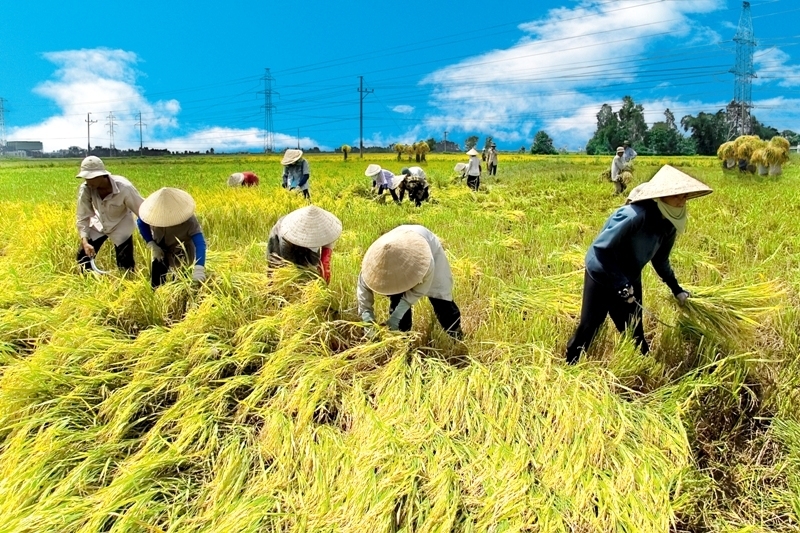
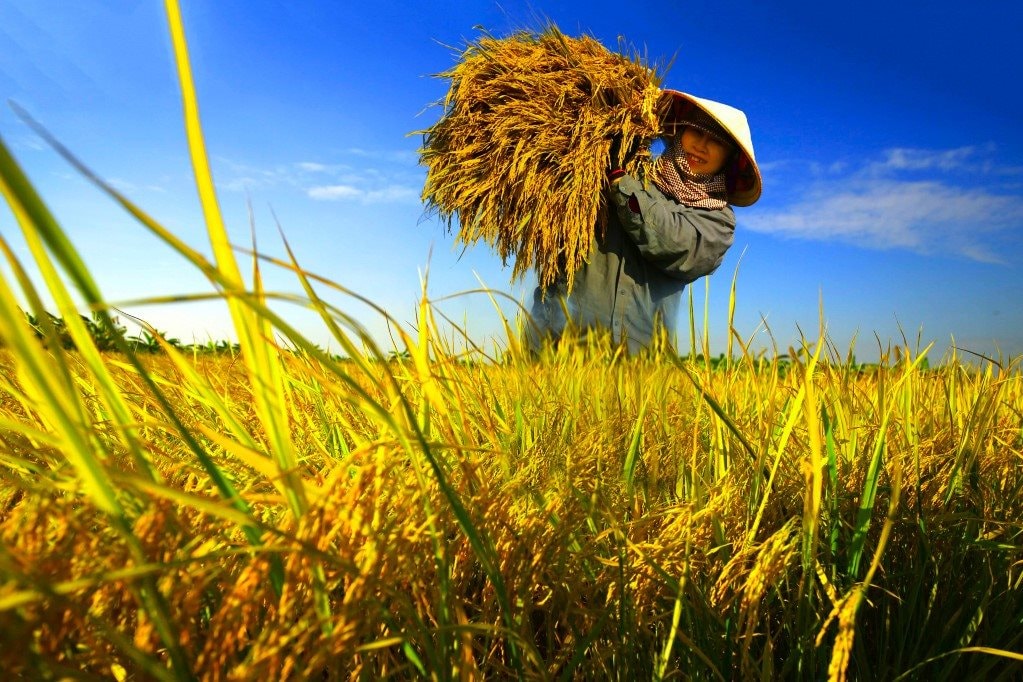
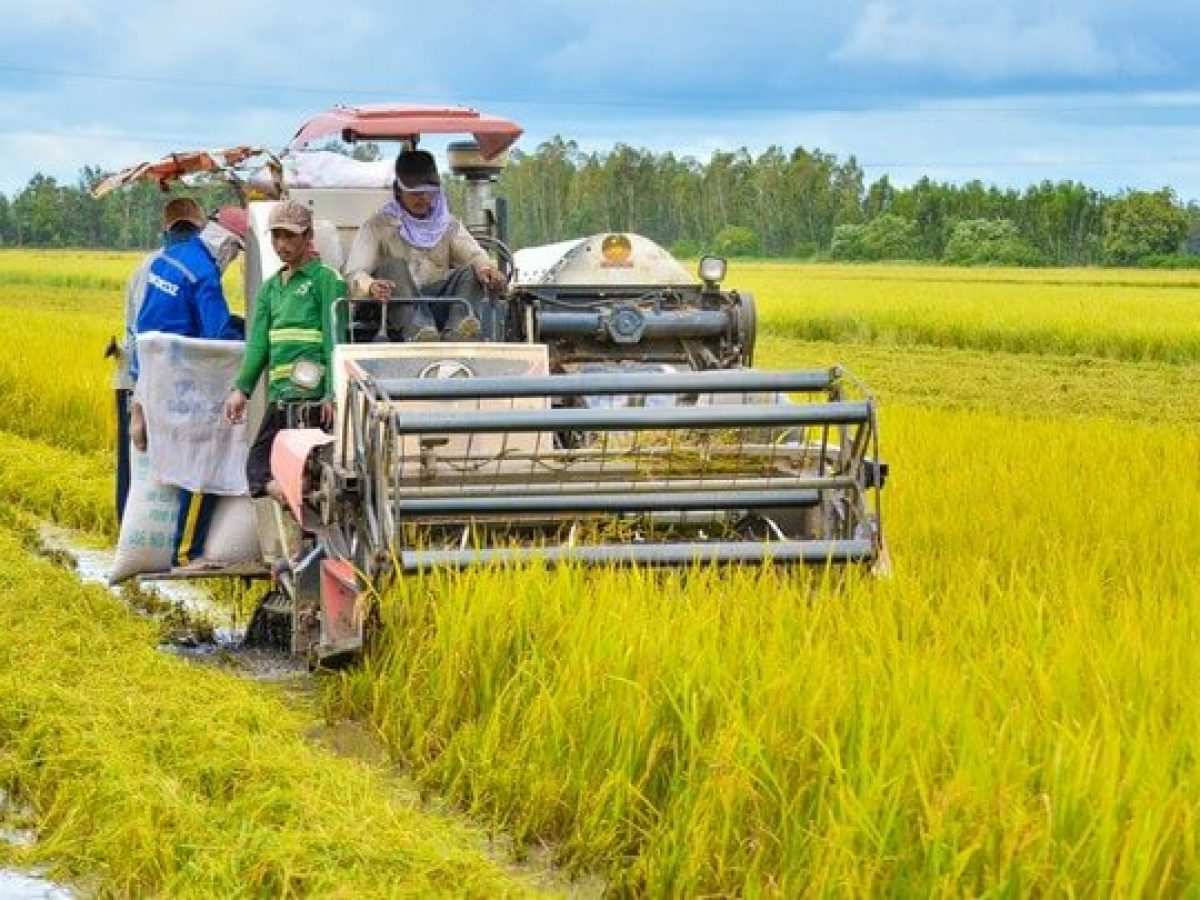
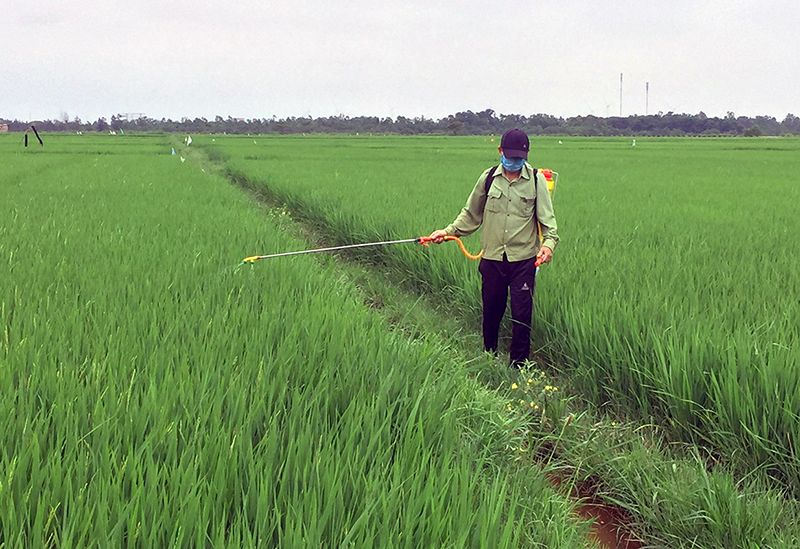
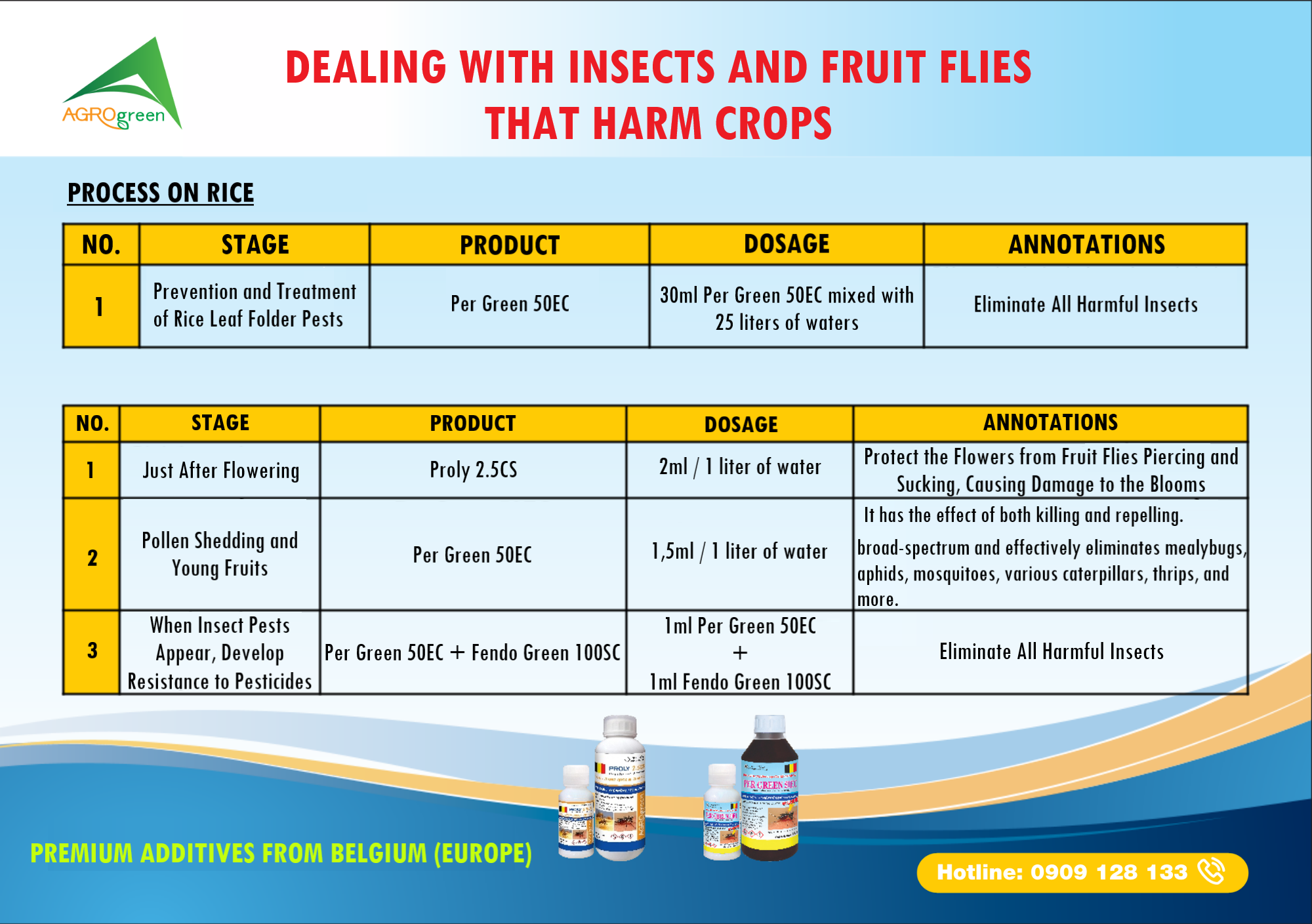

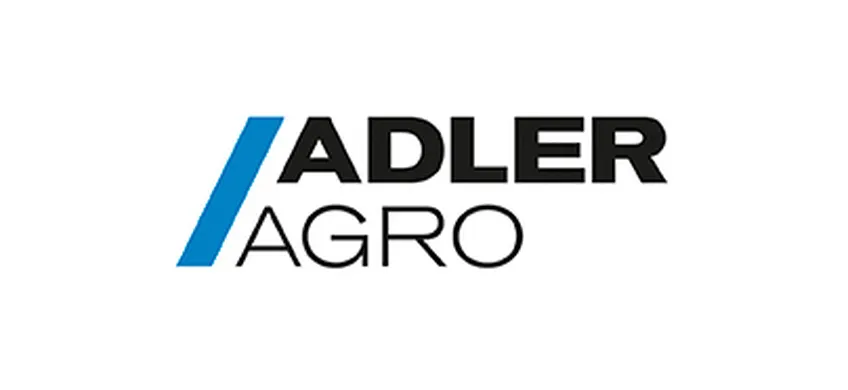

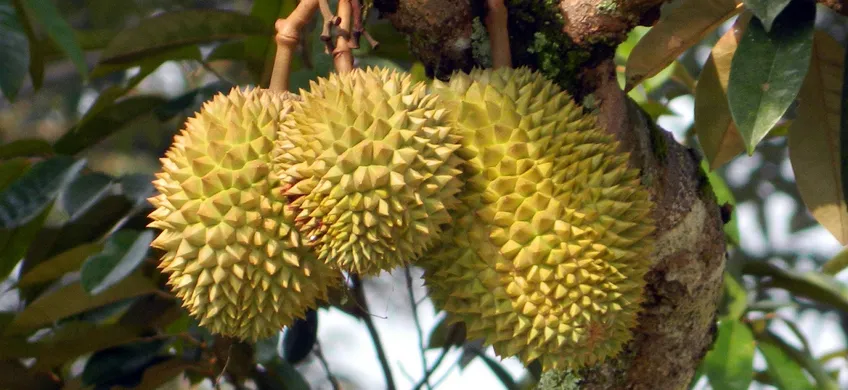
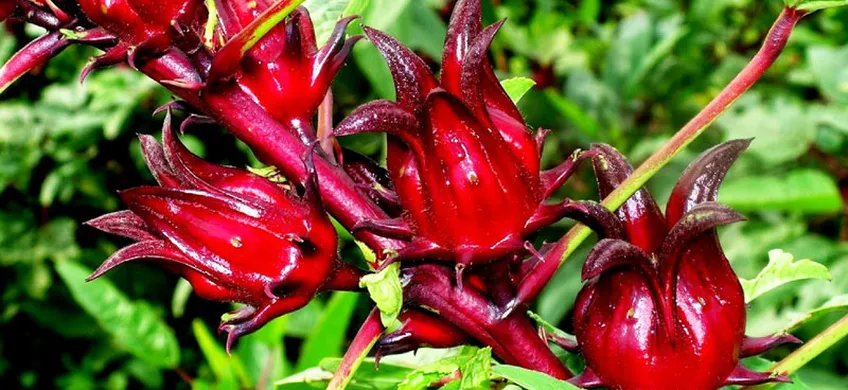
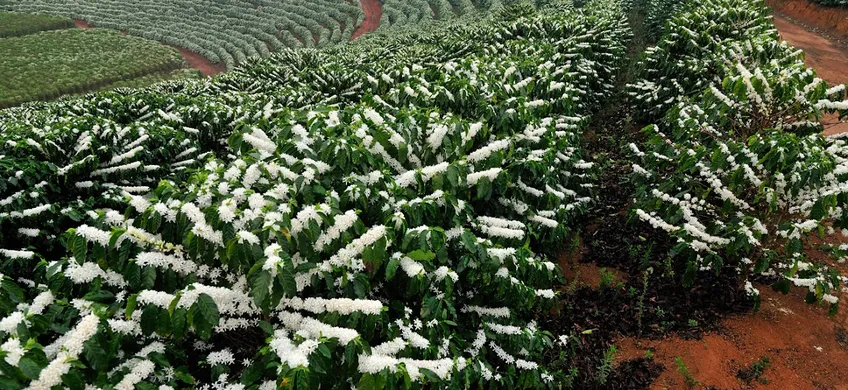

main.comment_read_more